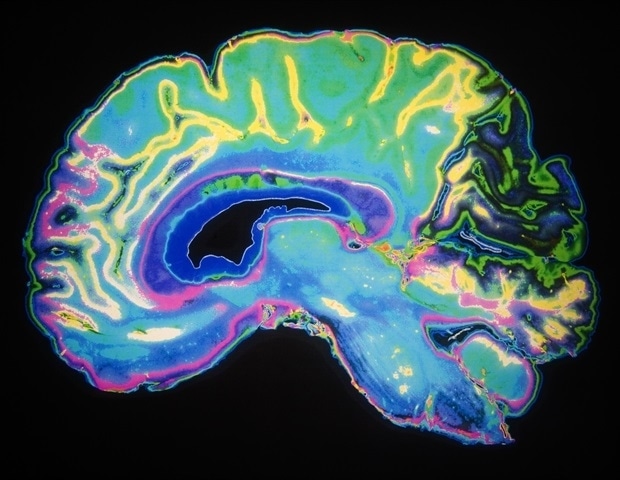
Hearing researchers at Macquarie University have revealed groundbreaking insights into how humans adapt to reverberant environments to enhance speech comprehension. Their study, published in eLife and funded by the Australian Research Council, identifies a ‘sweet spot’ of reverberation that optimizes learning and adaptation, shedding light on the brain mechanisms involved in ‘listening to the room’.
The research team, led by Distinguished Professor David McAlpine, placed volunteers with normal hearing in an anechoic chamber, a specially designed space devoid of reverberation, to listen to short speech commands. By simulating various types of background noise and reverberation levels using recordings from real spaces such as underground car parks and lecture theatres, the study demonstrated that participants’ speech understanding improved over time, even in challenging acoustic environments.
Understanding the ‘Goldilocks’ Zone
Professor McAlpine noted that participants learned most effectively in environments with ‘just the right’ amount of echo, approximately 400 milliseconds of reverberation. This level is typical of many modern spaces, including lecture theatres. “Environments with excessive echo, like marble-filled lobbies, or with no echo at all, made learning to listen significantly harder,” he explained. This ‘Goldilocks’ zone appears to align with the average reverberation of spaces we frequently occupy, suggesting a possible adaptation of our brains to these environments.
“This sweet spot or ‘Goldilocks’ zone, seems to match the average reverberation of spaces we spend most of our time in, so it’s possible we’ve designed our buildings to fit our brains – or that our brains have adapted to these buildings.” – Distinguished Professor David McAlpine
The Brain’s Role in Listening
First author Dr. Heivet Hernández-Pérez emphasized that hearing speech in a slightly echoey environment allows the brain to adjust and recognize patterns. Over a 45-minute test period, participants improved at recognizing speech as their brains learned the ‘sound of the room’.
“Our ears hear, but our brains listen; they’re constantly adapting through feedback loops, learning and changing on the fly.” – Dr. Heivet Hernández-Pérez
The study also involved using non-invasive magnetic brain stimulation to briefly disrupt the dorsolateral prefrontal cortex, a brain area involved in learning. This disruption significantly impaired participants’ ability to adapt to different sound environments, underscoring the role of specific brain circuits in this type of learning.
Implications for Technology and Inclusive Spaces
The findings have significant implications for the design of hearing and listening devices, such as hearing aids and headphones. Professor McAlpine highlighted the potential benefits of incorporating some level of reverberation in these technologies, as it may aid rather than hinder speech comprehension.
“Most hearing technology tries to eliminate all background noise and echo, but if some reverb helps people hear better, then we may be throwing out something that the brain finds useful.” – Distinguished Professor David McAlpine
Looking forward, the team plans to explore how neurodivergent individuals and those with hearing loss experience reverberation, and whether their optimal reverberation levels differ from those of neurotypical listeners. This research could pave the way for more inclusive sound environments and personalized hearing solutions.
Distinguished Professor David McAlpine serves as the Academic Director of Macquarie University Hearing, while Dr. Heivet Hernández-Pérez is a Research Fellow at the Macquarie University Hearing Research Centre and the Department of Linguistics.






